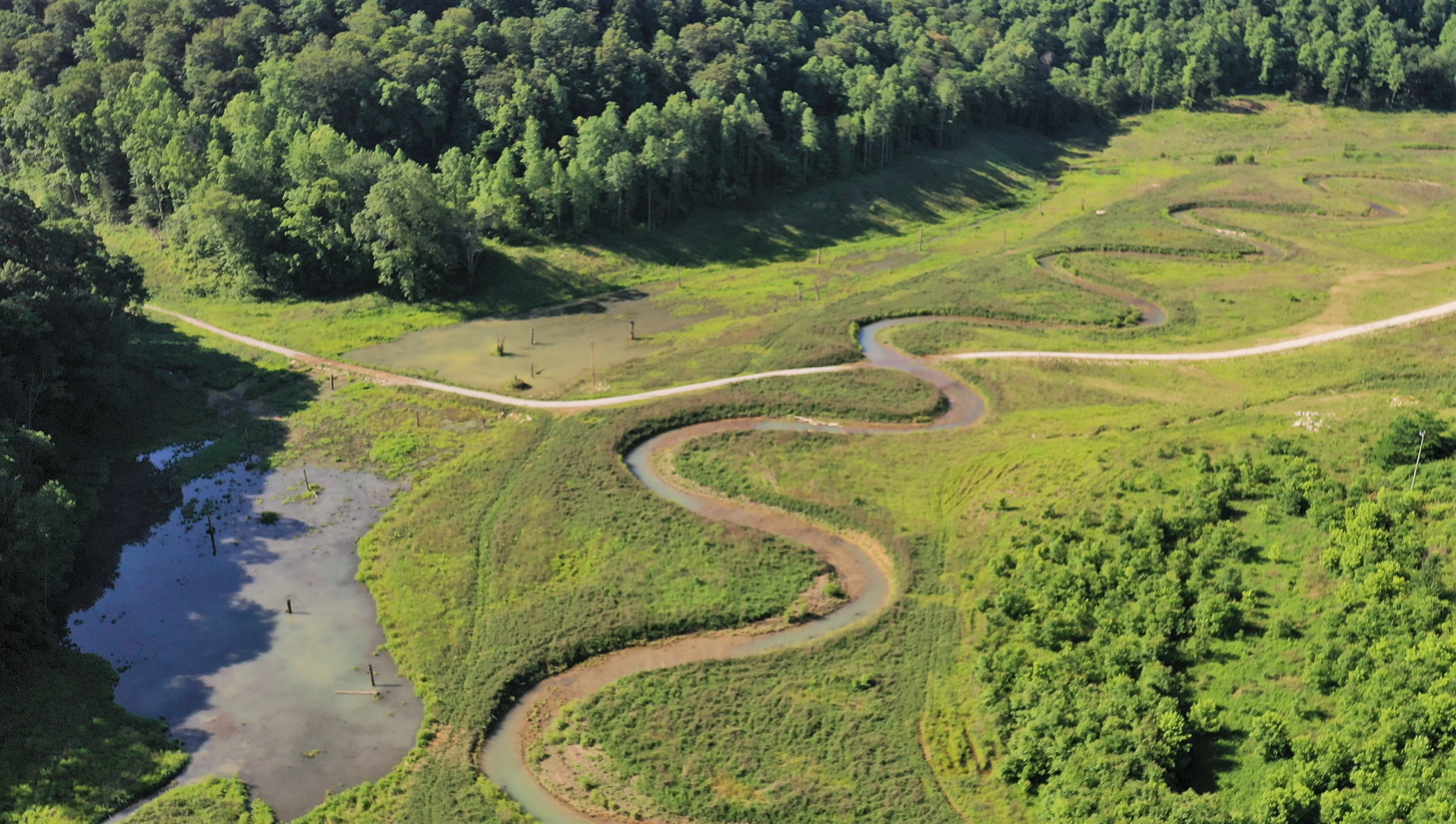
Wetland Mitigation & Restoration
Wetland restoration is the alteration of a wetland’s physical, chemical, or biological characteristics to return its ecosystem functions and services. Restoration practices can include re-establishment and rehabilitation of a wetland. Wetland preservation is the protection of a wetland to maintain existing ecosystem functions and services.
Beaver Creek Hydrology works primarily with the restoration of riverine wetlands which exist in natural settings as part of a dynamic, self-sustaining riparian corridor. The United States Department of Agriculture’s Natural Resources Conservation Service (USDA NRCS) defines riparian corridors and their ecosystem functions and services as follows:
“The stream corridor consists of a stream channel, flood plain wetlands, flood plain nonwetlands, and flood plain vegetation, which form a stable system in dynamic equilibrium. These riverine systems serve to reduce flood peak discharges, absorb and cycle nutrients, transport and/or cycle sediment, and provide habitat for wetland plant and animals. Vegetative plant communities change spatially and temporally in response to the inputs of water and sediment supplied by the stream system. While the active stream channel transports sediment through the reach, the flood plain and its wetlands capture and store sediment during flood flows for later release during periods of stable adjustment in channel and flood plain geometry. This dynamism provides the spatial and temporal changes in plant community and provides a system with multiple stages of succession that maximizes the available habitat niches for fish, herpetofauna, and mammals. Riverine wetlands have reduced their function because of multiple factors.”
In Kentucky, one study estimates that over 80% of historic wetland acreage has been destroyed due to development following European settlement. Corresponding to stream restoration, Beaver Creek Hydrology aims to restore and protect wetland ecosystem functions and services through restoration of healthy, natural riparian corridors with riparian wetlands throughout.
“When high flows move outside the river channel they slow down, disperse energy and deposit sediment. By providing room for floodwaters to spread out, floodplains lower flood levels and regulate the amount of sediment transported by a river. Unique side channels, ponds and wetlands form within the floodplain. As a result of consistent disturbance, floodplains are shaped into habitat mosaics that are characterized by a diversity of successional stages and uniquely adapted biota.” – American Rivers 2016